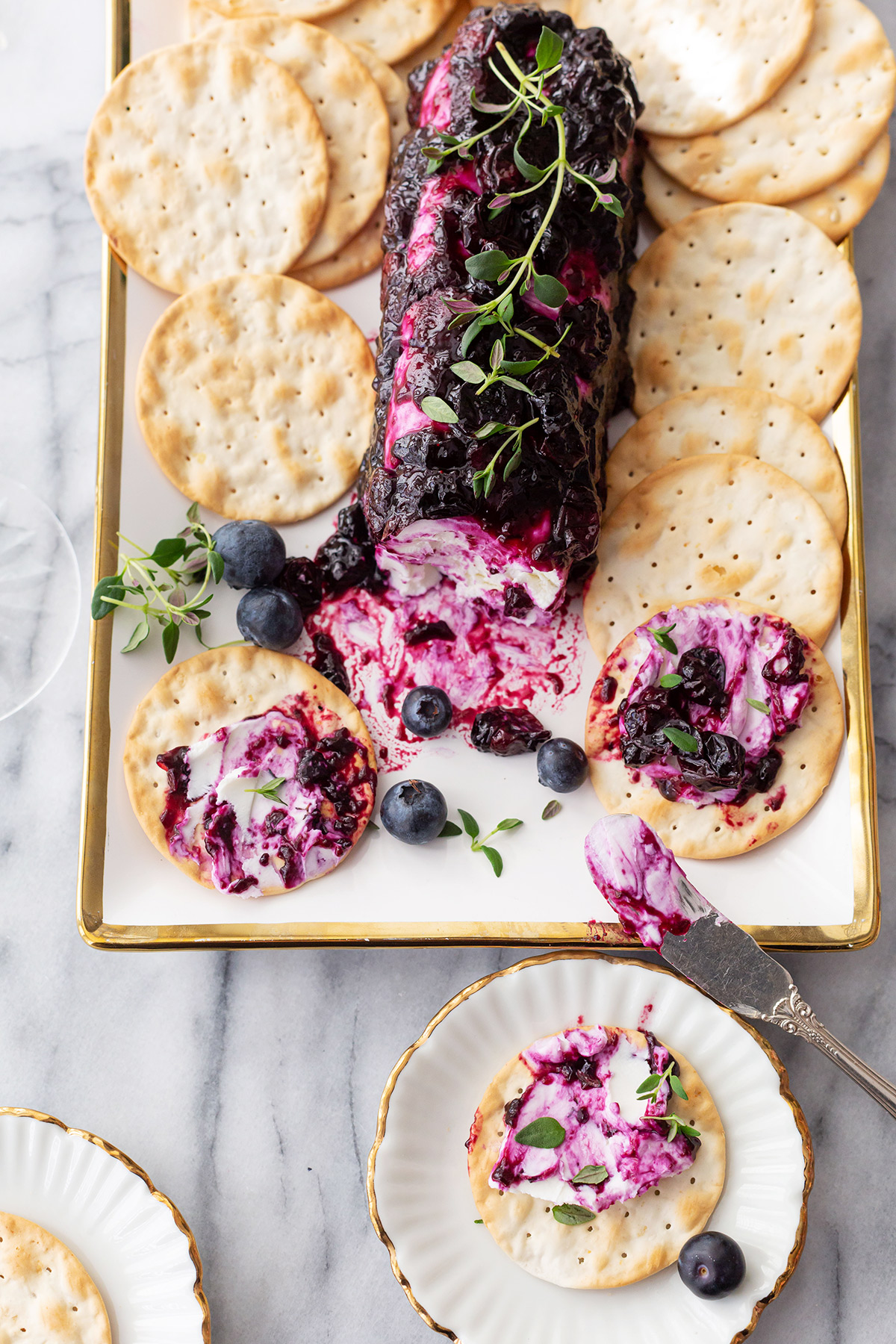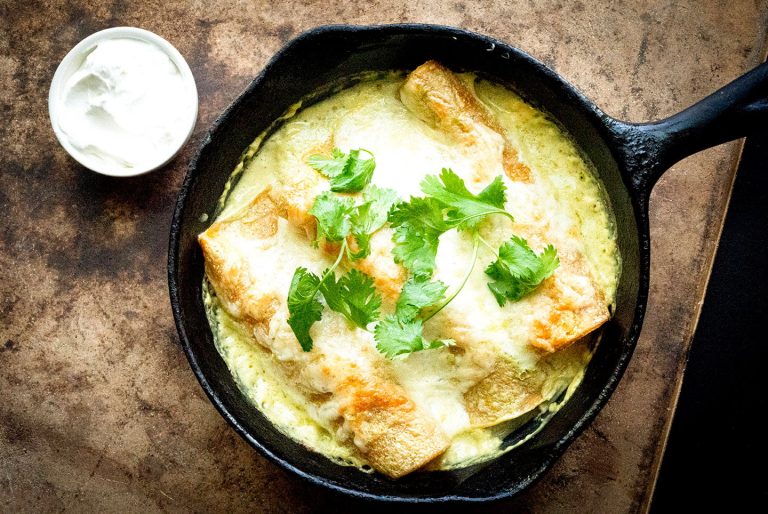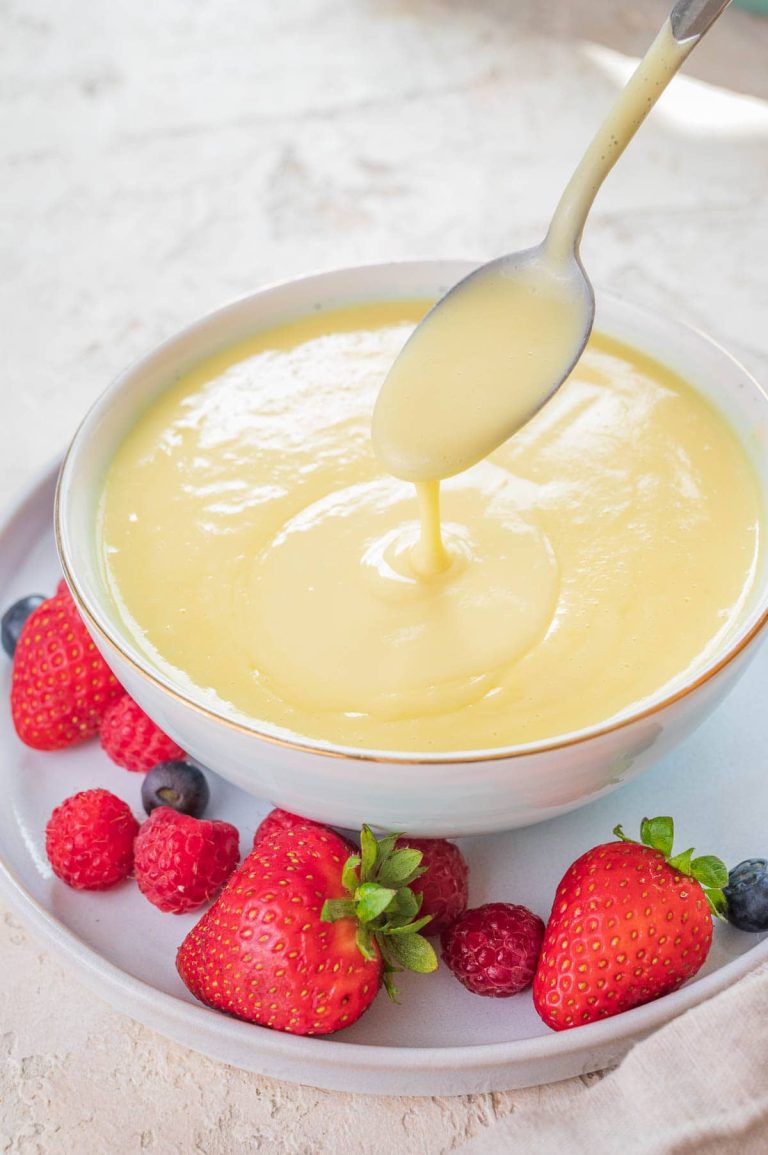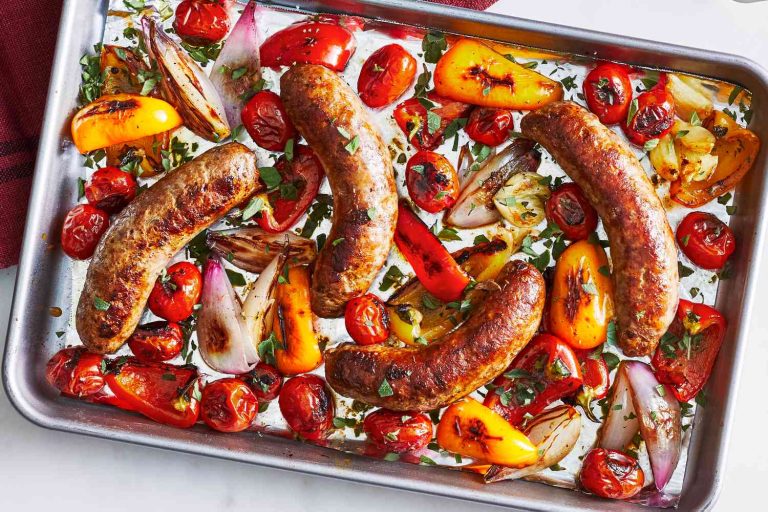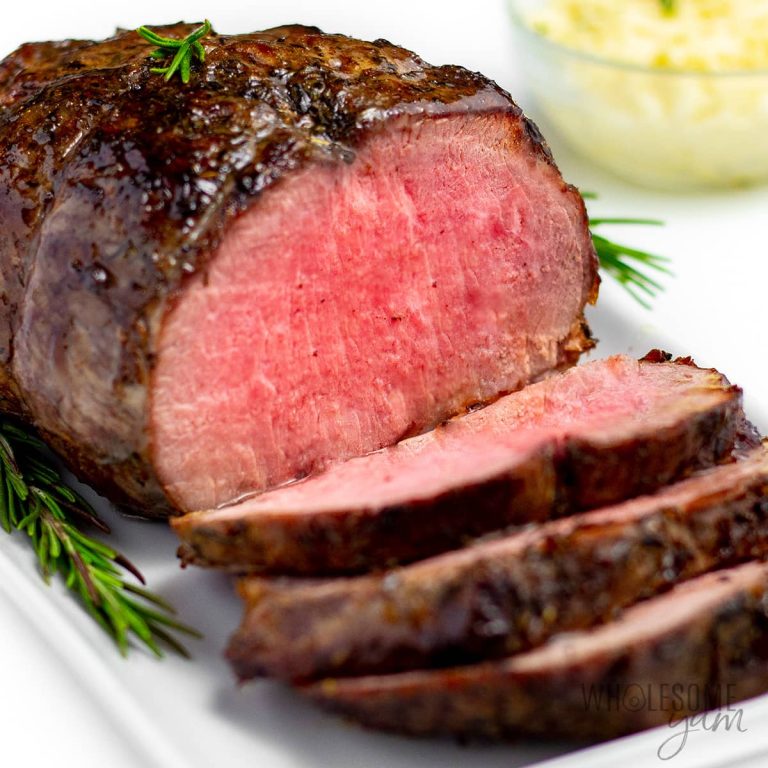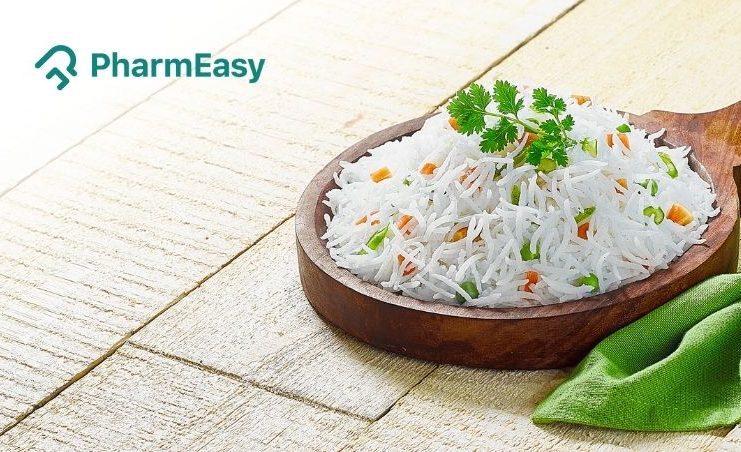Goat Cheese Log: Recipe and Pairing Tips
Goat cheese, known for its tangy flavor, dates back to ancient civilizations. The Egyptians and Greeks both utilized goat’s milk to produce cheese thousands of years ago. These cultures recognized goat cheese for its ease of production and rich flavor profile. Over centuries, its popularity grew across Europe, especially in France, where chèvre became a culinary staple. Goat cheese remained a household item, partly due to goats’ adaptability to various climates and terrains, ensuring consistent milk production. Farmers across regions developed unique cheese-making techniques, resulting in the diverse varieties enjoyed today.
Why It’s a Holiday Favorite
Goat cheese logs shine during holiday gatherings for several reasons. First, their creamy texture and tangy taste contrast well with sweet and savory toppings, making them versatile. Cranberries, herbs, and nuts (e.g., walnuts or pecans) enhance both the appearance and flavor, creating an appealing dish. Additionally, goat cheese logs are relatively easy to prepare, allowing you to spend more time with guests rather than in the kitchen. The balance of flavors caters to various palates, ensuring everyone enjoys the appetizer. During the festive season, these elements combine to create an inviting, delicious, and memorable culinary experience.
Key Ingredients Used in Holiday Goat Cheese Log
Understanding Different Goat Cheese Varieties
Different goat cheese varieties influence the flavor and texture of your holiday goat cheese log. Fresh chèvre offers a mild and tangy taste, suitable for pairing with a wide range of toppings. Aged goat cheese, like Crottin or Valençay, brings a more robust and earthy flavor, ideal for those seeking a bolder taste. Semi-hard varieties, such as Drunken Goat or Garrotxa, strike a balance between creamy and firm textures, contributing to a diverse palate experience.
Complementary Ingredients for Enhanced Flavor
Complementary ingredients elevate the flavor profile of your holiday goat cheese log:
- Cranberries: Dried cranberries add sweetness and a chewy texture.
- Herbs: Fresh rosemary, thyme, and chives provide aromatic and savory notes.
- Nuts: Chopped pecans, walnuts, and pistachios offer crunch and nuttiness.
- Honey: Drizzled honey gives a touch of natural sweetness.
- Spices: Cracked black pepper and smoked paprika add depth and spice.
- Fruits: Fresh figs, pomegranates, and apricots contribute sweetness and visual appeal.
Combine these ingredients to enhance your goat cheese log, ensuring a delightful holiday experience for your guests.
How to Make Your Own Holiday Goat Cheese Log
Step-by-Step Preparation Guide
Gather Ingredients: Get fresh chèvre or another goat cheese variety. Gather toppings like cranberries, herbs, nuts, honey, spices, and fruits.
Prepare Toppings: Chop herbs, nuts, and fruits into small pieces. Mix cranberries and other dried fruits with a small amount of honey.
Shape Cheese: Remove goat cheese from the packaging. Use your hands to shape it into a log or another desired form, pressing firmly to ensure it holds its shape.
Apply Toppings: Spread chopped toppings evenly on a flat surface. Roll the cheese log over the toppings, pressing gently to coat all sides evenly.
Chill: Wrap the cheese log in plastic wrap to hold the toppings in place. Chill in the refrigerator for at least one hour to firm up before serving.
Tips for Perfect Consistency and Flavor
Choose Fresh Goat Cheese: Opt for fresh, high-quality chèvre. The fresher the cheese, the creamier the texture.
Balance Flavors: Use a mix of savory and sweet toppings. For example, combine herbs like rosemary and thyme with dried cranberries and pecans.
Avoid Overhandling: Handle the cheese as little as possible. Overhandling can affect the texture and make it less creamy.
Chill Well: Ensure ample chilling time. This helps the cheese log hold its shape and enhances the merging of flavors.
Serve at Optimal Temperature: Serve the cheese log slightly chilled but not too cold. This brings out the best flavors and maintains a nice consistency.
By following these steps and tips, you can create a delightful and visually appealing holiday goat cheese log that your guests will love.
Serving and Pairing Suggestions
Best Accompaniments for Goat Cheese Log
Serve a holiday goat cheese log with a variety of accompaniments to enhance its flavors. Focus on contrasting textures and flavors to create a balanced experience.
- Crackers and Bread: Offer whole grain crackers, toasted baguette slices, and seeded flatbreads to provide a sturdy base for the cheese.
- Fresh Fruits: Include grapes, figs, apple slices, and pear slices. Fresh fruits add sweetness and juiciness, complementing the creamy texture of the cheese.
- Dried Fruits: Add dried cranberries, apricots, and dates. Dried fruits offer concentrated sweetness that pairs well with the tartness of goat cheese.
- Nuts: Use almonds, pecans, and walnuts. Toasted nuts add a crunchy texture and a nutty flavor, enhancing the overall taste experience.
- Honey and Jams: Serve honey and fruit preserves, such as fig jam or raspberry preserves. The sweetness contrasts with the tangy cheese, creating a harmonious balance.
Wine Pairing Options
Pairing wine with a holiday goat cheese log elevates the culinary experience. Choose wines that complement the goat cheese’s unique flavors.
- White Wines: Opt for Sauvignon Blanc or Chenin Blanc. These wines offer crisp acidity, which balances the cheese’s richness.
- Sparkling Wines: Go for Champagne or Prosecco. Their effervescence cleanses the palate and enhances the cheese’s creaminess.
- Rosé Wines: Select a dry rosé. The berry notes and acidity complement the cheese without overpowering it.
- Red Wines: Pick a light, fruity Pinot Noir. Its subtle tannins and fruit-forward profile pair well with the cheese and its toppings.
- Dessert Wines: Choose a Moscato or Sauternes if serving with fruit or honey accompaniments. Their sweetness highlights the log’s savory and sweet elements.
Utilize these serving and pairing suggestions to create a memorable holiday experience centered around the goat cheese log.
Conclusion
Creating a holiday goat cheese log isn’t just about making a dish; it’s about crafting an experience. With the right ingredients and thoughtful pairings, you can elevate your holiday gatherings to new heights. Remember to experiment with different accompaniments and wine pairings to find what best complements your cheese log. This festive treat promises to be a delightful addition to any holiday table, impressing your guests and leaving them wanting more. So go ahead and embrace the culinary tradition of goat cheese, and make your holidays truly special.
